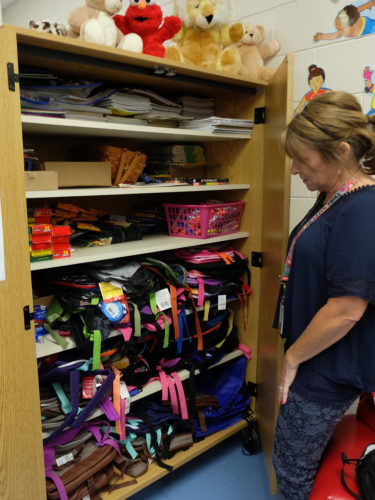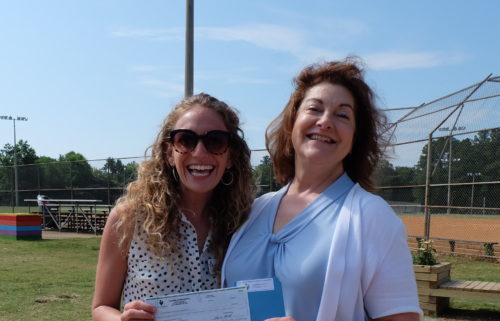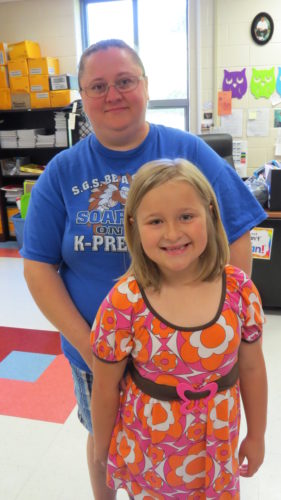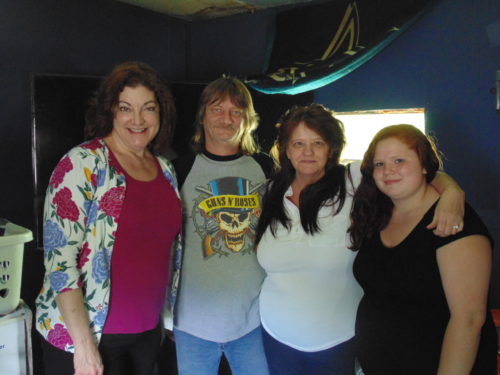Earlier in the summer, as Luis Bourdet, Children Incorporated’s Director of International Programs, and I discussed our upcoming trip in August to India and Sri Lanka to visit twelve of our affiliated projects, I asked Luis what the children living in this particular region of the world could benefit from most outside of what sponsorship already provides for them. He said he would reach out to our volunteer coordinators to find out.
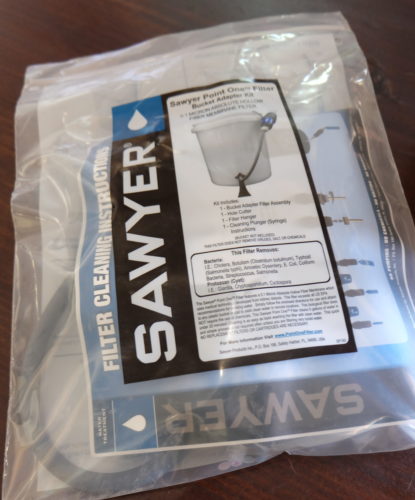
When a Sawyer water filter is properly maintained, it can last for ten years.
It didn’t take long for Luis to come back to me with a response: the biggest issue that our coordinators face — accessing clean water for children in our program.
The global water crisis
Nearly one billion people in the world lack access to safe drinking water; and roughly 3.5 million people die each year because of water-borne illnesses such as cholera and typhoid, as well as severe diarrhea. According to Luis, providing clean water systems for our projects is something than can be done, but not quickly — and not inexpensively.
Through a process called reverse osmosis, bacteria and other types of microscopic species can be removed from water; but the cost for each system can be as high as $8,000, and would take time to install. In order to help our sponsored children sooner, I reached out to a nonprofit organization called Wine To Water to see if they could offer a solution.
It didn’t take long for Luis to come back to me with a response: the biggest issue that our coordinators face – accessing clean water for children in our program.
Wine To Water’s story
Wine To Water was founded by Doc Hendley in 2003. A former bartender from North Carolina, Doc began focusing on the global water crisis after working in Sudan with a nonprofit organization called Samaritan’s Purse, implementing clean water projects. After a year in the field, Doc returned home fully aware of the global water crisis, and decided to start his own organization to bring clean water to some of the most remote areas in the world. In 2012, Doc was selected as a top-ten finalist for the CNN Heroes Award for his work with Wine To Water; the organization has now provided clean water to over 300,000 people in eighteen countries.
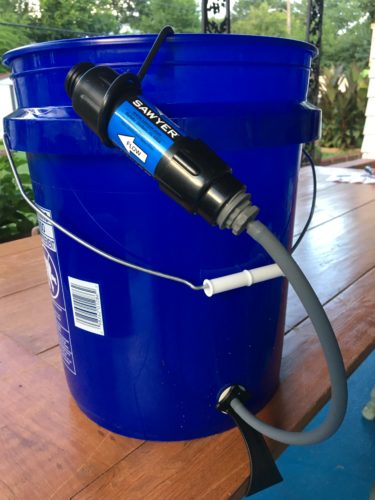
A Sawyer water filtration system set up and ready to use.
When I reached out to Wine To Water and spoke with their International Operations Director, Josh Elliott, he explained that the organization’s goals are larger than just taking clean water to communities – Wine To Water also works to improve sanitation practices, teaches hygiene education, collaborates with local people in each country, repairs wells, and disperses water filters and rainwater harvest tanks all around the globe. Josh’s solution to taking clean water to Children Incorporated projects in India and Sri Lanka was to offer Luis and I Sawyer water filters to take with us. The filters are small, easy to transport, and last ten years if used properly, which is a big deal for families in need.
Keeping kids health
A few weeks after talking with Josh, I took a training class at the Wine To Water office in Boone, North Carolina to prepare myself for showing our coordinators how to properly use the water filters – filters that will keep our sponsored children healthy. Each project will receive two or three filters, which can be used in common areas, such as in the school office or cafeteria of the schools that the children attend, which they may access daily. Our hope is that with Wine To Water’s help, offering clean water will keep our sponsored children healthy so they can attend school each and every day.
***
HOW DO I SPONSOR A CHILD IN INDIA OR SRI LANKA?
You can sponsor a child in India or Sri Lanka in one of three ways – call our office at 1-800-538-5381 and speak with one of our staff members, email us at sponsorship@children-inc.org, or go online to our donation portal, create an account, and search for a child in India or Sri Lanka that is available for sponsorship.

